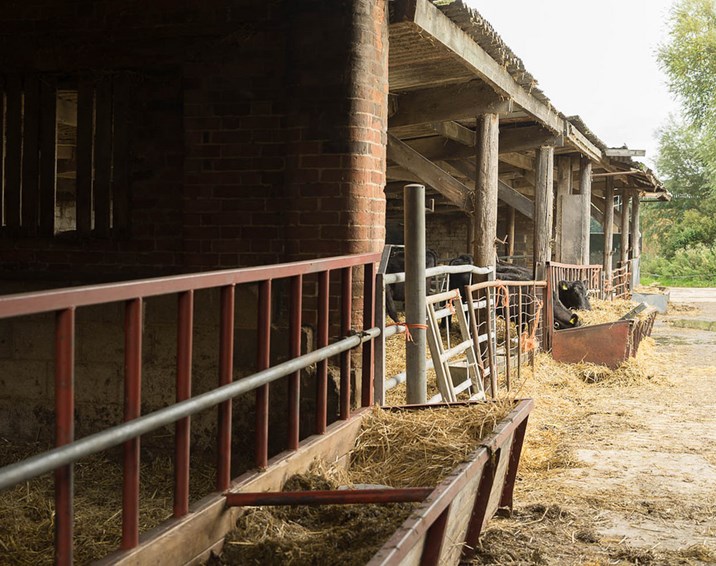
A field lab on organic dairy farms has cut antibiotic use in the treatment of mastitis by 24 per cent.
The field lab, by the not-for-profit network Innovative Farmers, used on-farm ‘typing’ of the pathogens causing the infection, a technique which was successfully pioneered in the United States.
The tests could pave the way for many farmers to reduce reliance on antibiotics – without compromising animal recovery and which could also allow milk from untreated cows to return to the milk pool faster – saving time and money.
Soil Association Head of Farming Liz Bowles, said: “We desperately need to address the growing concern about the use of antibiotics in farming with its potential knock-on effects on the human population.
“On-farm typing may help do this. The field lab has shown the value of on-farm testing in managing dairy herds, giving the farmer the power and knowledge to choose when to use antibiotics and when to avoid their use.
“Following antibiotic treatment a withdrawal period must be observed, so if it is possible to withhold antibiotic treatment the milk can be returned to the pool more quickly as soon as the illness is cured.”
Returned to the milk pool
Results show that milk from cows which were left untreated could be returned to the milk pool in just 4 days, on average 8.6 days less than those which were treated.
So far, research found that gram positive bacteria, like staphylococci and streptococci, usually require early and effective antimicrobial intervention but many researchers agree that this is not the case for E coli and coliform mastitis (so-called gram negative bacteria), which have a high spontaneous cure rate.
The farm kit ‘VetorapidTM (Vetoquinol)’, checks individual cases of mastitis on-farm, rapidly identifying the causative pathogens and enabling a decision to treat or not to be made by the farmer. The kit allows identification of the strain of mastitis in each case, giving a result in just 24 hours.
While the UK sample was relatively small, (176 clinical cases over 18 months, so far) previous, larger scale research from the US revealed that the cases which didn’t require antibiotics had the same recovery time as those which were treated.
By quickly testing infected cows farmers could pinpoint which strain of mastitis triggered the illness and treat accordingly. In some cases this meant no antibiotic treatment and further research could result in dramatically reducing the use of antibiotics in mastitis cases.
'Antibiotics not always needed'
Wiltshire-based Vet Peter Plate of Endell Veterinary Group, who is co-ordinating the field lab research, said: “There has been no breakthrough in reducing antibiotic usage in treatment of clinical mastitis in the UK, so far.
“If mastitis is not treated effectively at an early stage, there is a danger that bacteriological cure-rates drop significantly, leaving many cows with a high cell count and possible high risk of clinical recurrence.
“However, through the Innovative Farmers field lab we got the impression that the gram negative cases left untreated cured naturally in a similar time period, to those which were treated.
“It appears there were no adverse effects following a course of no treatment – which suggests that antibiotics may not always be needed in every case of mastitis.
“The potential for reduction varied widely between farms. More research with larger number of cases is needed to further evaluate this approach.”
78 out of 176 cases of mastitis in the participating herds were cultured and tested using the Vetorapid system. Those found to have the strain of mastitis that would respond to antibiotics were treated.
